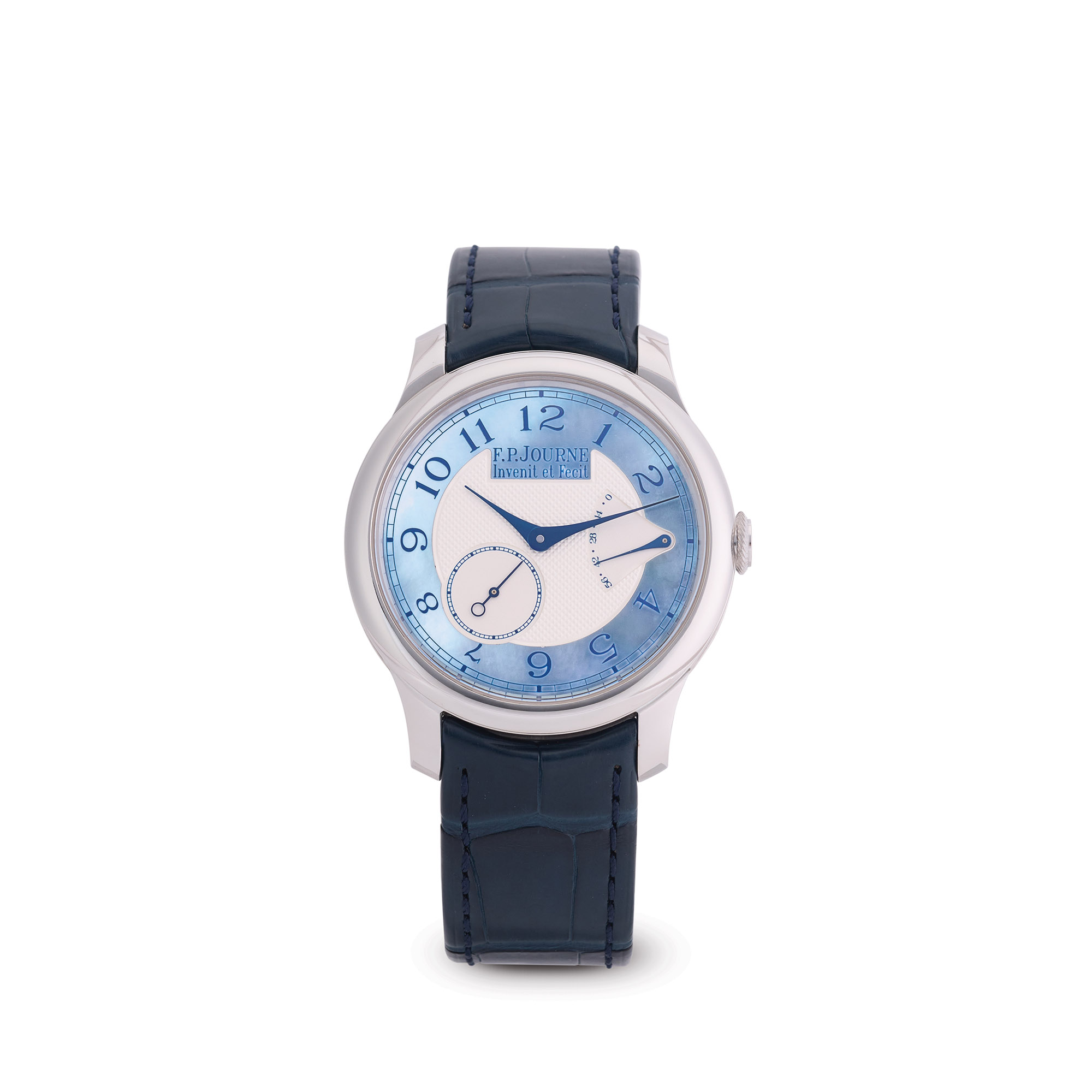Antiquorum Hong Kong Auction on May 31st, 2025
【A Journey to the Pinnacle of Watchmaking Art: Witnessing the Legend of Watchmaking Craftsmanship】
Auction Highlight: A unique prototype watch jointly created by four watchmaking masters – Robert Greubel, Stephen Forsey, Philippe Dufour, and Michel Boulanger, estimated at HKD 8 million
World-renowned watch auction house Antiquorum proudly announces its highly anticipated annual event — “A Journey to the Pinnacle of Watchmaking Art” auction, to be held at the Mandarin Oriental Hotel in Hong Kong on Saturday, May 31st, 2025. This auction brings together 364 rare timepiece masterpieces from around the world, each representing the ultimate expression of watchmaking craftsmanship, offering watch connoisseurs and collectors an unprecedented feast of high-end watchmaking art.
The auction will present numerous rare top-tier timepieces seldomly seen in the market, including contemporary masterpieces and historical classics. The lots not only embody exquisite mechanical craftsmanship but also showcase watchmakers’ extraordinary creativity and artistic inspiration. The auction preview will be held from May 28th to 30th, 2025, at the Antiquorum Hong Kong showroom, inviting watch enthusiasts to experience the unique charm and exquisite craftsmanship of each timepiece up close.
Featured lots include:
- Collaboration of Watchmaking Masters — The leading piece of the auction is a prototype school watch created through the collaborative efforts of four legendary watchmaking masters: Robert Greubel, Stephen Forsey, Philippe Dufour, and Michel Boulanger. This watch represents 9 years of dedication and skill from the four masters, completely handcrafted with every minute component built from scratch, embodying the essence of ultimate watchmaking craftsmanship. This unique, entirely handmade masterpiece is estimated at HKD 8 million.
- Patek Philippe Rare Masterpiece — A rare and extraordinary Patek Philippe model 5531R-012 cloisonné enamel World Time Minute Repeater wristwatch, featuring an exquisite enamel dial that perfectly integrates world time display with minute repeater functions, demonstrating Patek Philippe’s excellence in the field of complicated functions.
- Patek Philippe Golden Era Collection — A selection of Patek Philippe high complication timepieces from the 1970s-90s, representing the brand’s golden period of resurgence after the quartz crisis, each piece having extraordinary historical significance and collection value. Rare decorative crafts from renowned high-end watch brands, such as marquetry, cloisonné enamel, gem-setting, etc.
- Premium Decorative Craftsmanship Treasures — Multiple high-end timepieces showcasing extraordinary decorative arts, including exquisite marquetry craftsmanship, traditional cloisonné enamel techniques, luxurious gem-setting designs, etc., perfectly interpreting the perfect combination of watchmaking and art.
Ms. Connie Siu, Managing Director of Antiquorum Hong Kong, stated: “This auction is not only a trading event for top-tier timepieces but also an artistic celebration paying tribute to watchmaking masters. Each lot contains profound watchmaking traditions and innovative spirit, providing collectors with a rare opportunity to own true masterpieces of watchmaking art. We look forward to witnessing this feast of watchmaking art with all watch connoisseurs in Asia.”
ANTIQUORUM HONG KONG AUCTION:
IMPORTANT MODERN AND VINTAGE TIMEPIECES & JEWELRY
AUCTION
Date: Saturday, May 31st, 2025
Location: MANDARIN ORIENTAL
1/F, Mandarin Oriental HK,
5 Connaught Road Central, HK
Time: 10am (Lot 1-163) – 2pm (Lot 164-364)
EXHIBITION PREVIEW
Date: May 28th-30th, 2025
Location: Antiquorum Auctioneers (HK) Ltd.
Room 2408, 24/F, No.9 Queen’s Road Central, Central, Hong Kong
Time: 11am-7pm
About Antiquorum
Established in Geneva in 1974, Antiquorum has carved a niche as the world’s foremost auctioneer of fine timepieces, setting numerous world records and pioneering the sale of watches as major collectible assets. Antiquorum continues to attract a diverse and passionate audience of watch enthusiasts and collectors.
For more information about the auction, including registration details and a complete catalogue of the lots, please visit: www.antiquorum.swiss or contact
Antiquorum Marketing Department:
Analeigh HO (analeigh@antiquorum.swiss) / Kristy Kwan (kristy@antiquorum.swiss)
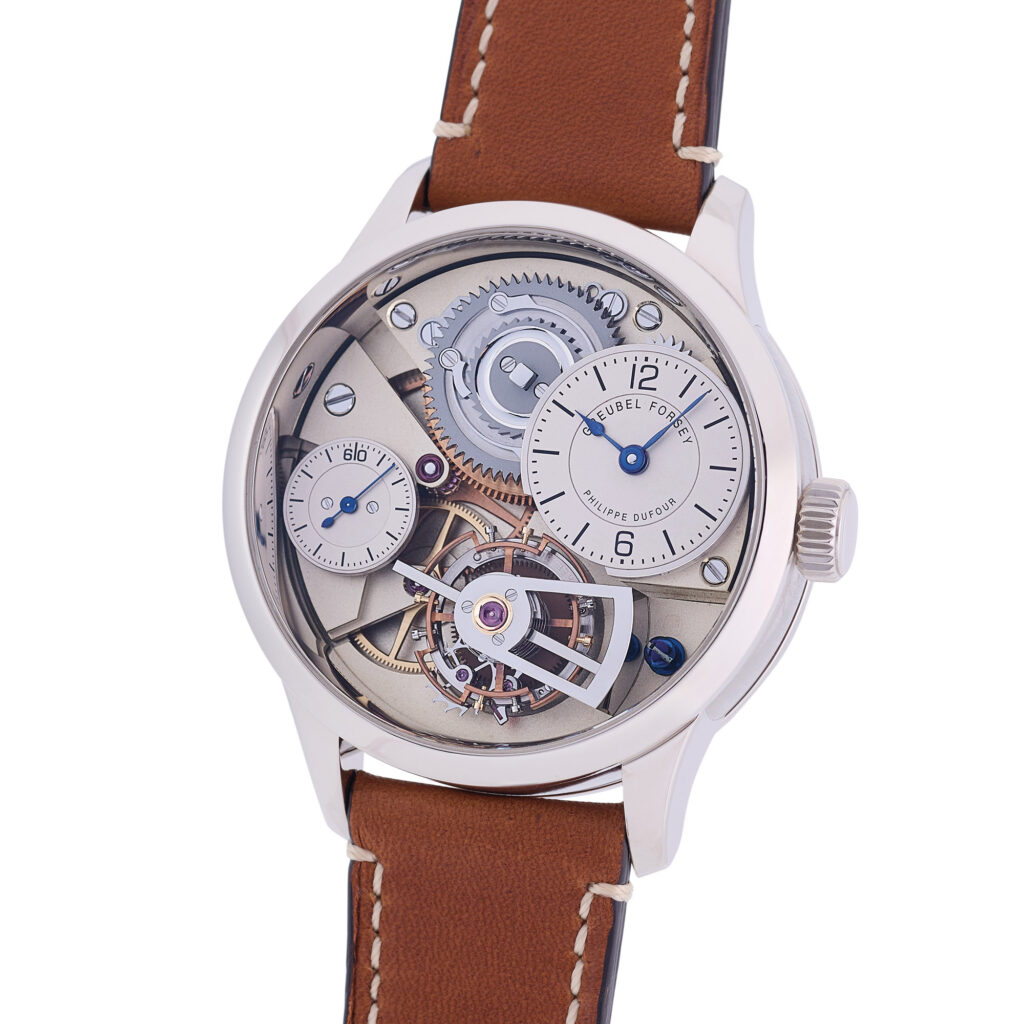
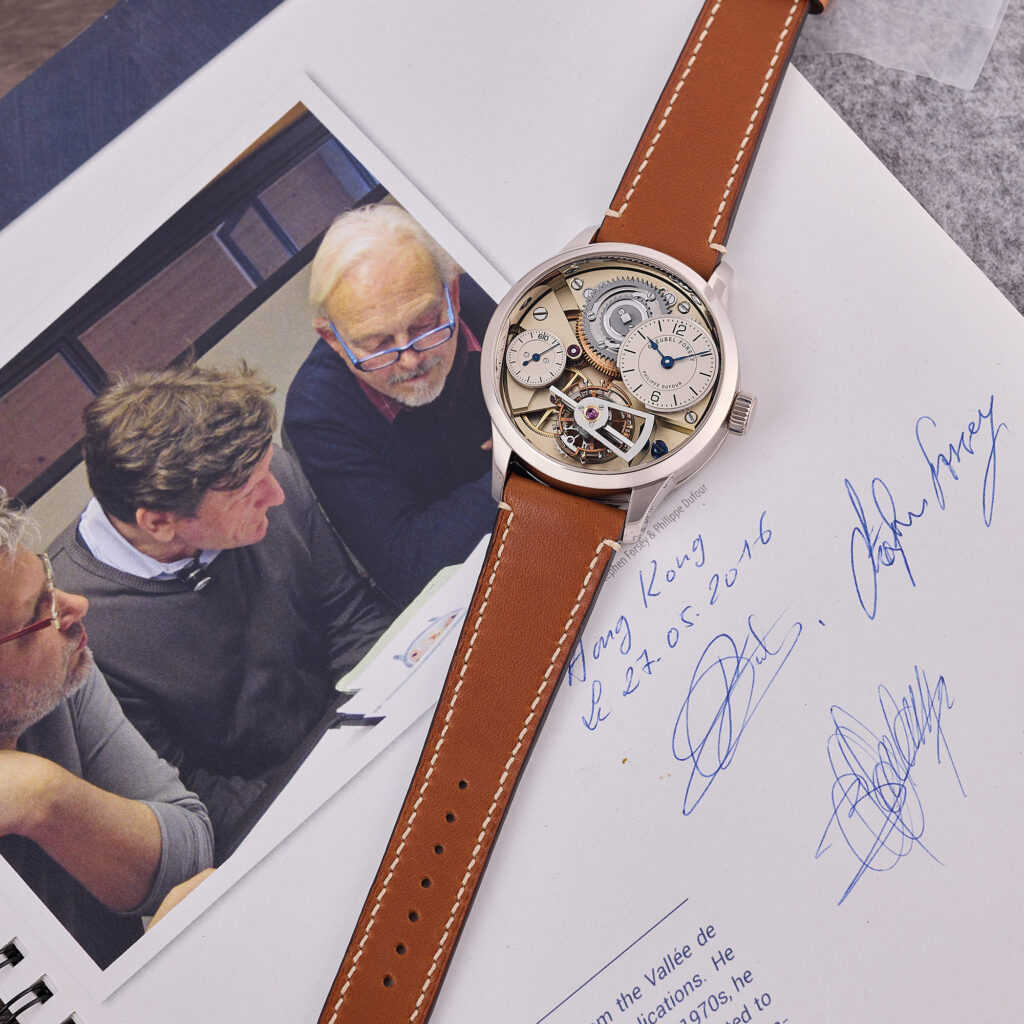
AUCTION HIGHLIGHTS
Lot 349
Greubel Forsey, Philippe Dufour and Michel Boulanger, “Piece d’ Ecole”, Prototype, 18K white gold,Creation of the “Le Garde-Temps, Naissance d’une Montre” project
Estimate : HKD 8,000,000 – 18,000,000
- Unique, handcrafted “Piece d’ Ecole” (School Watch) prototype
- Dial signed Greubel Forsey and Philippe Dufour, movement signed Michel Boulanger
- Following the project’s mission, all metal parts of this watch (except watch case) are made and finished by hand
- The first watch to be created as part of the Naissance d’une Montre project
- Previously sold for USD 1,461,507 at Christie’s Hong Kong auction in 2016
Lot 160
Patek Philippe, Ref. 3971/E, Perpetual Calendar Chronograph, 18K yellow gold, circa 1989
Estimate: HKD 900,000 – 1,800,000
- Features two complications: perpetual calendar and chronograph
- Very few in numbers, less than 300 examples
- Accompanied by original box and papers



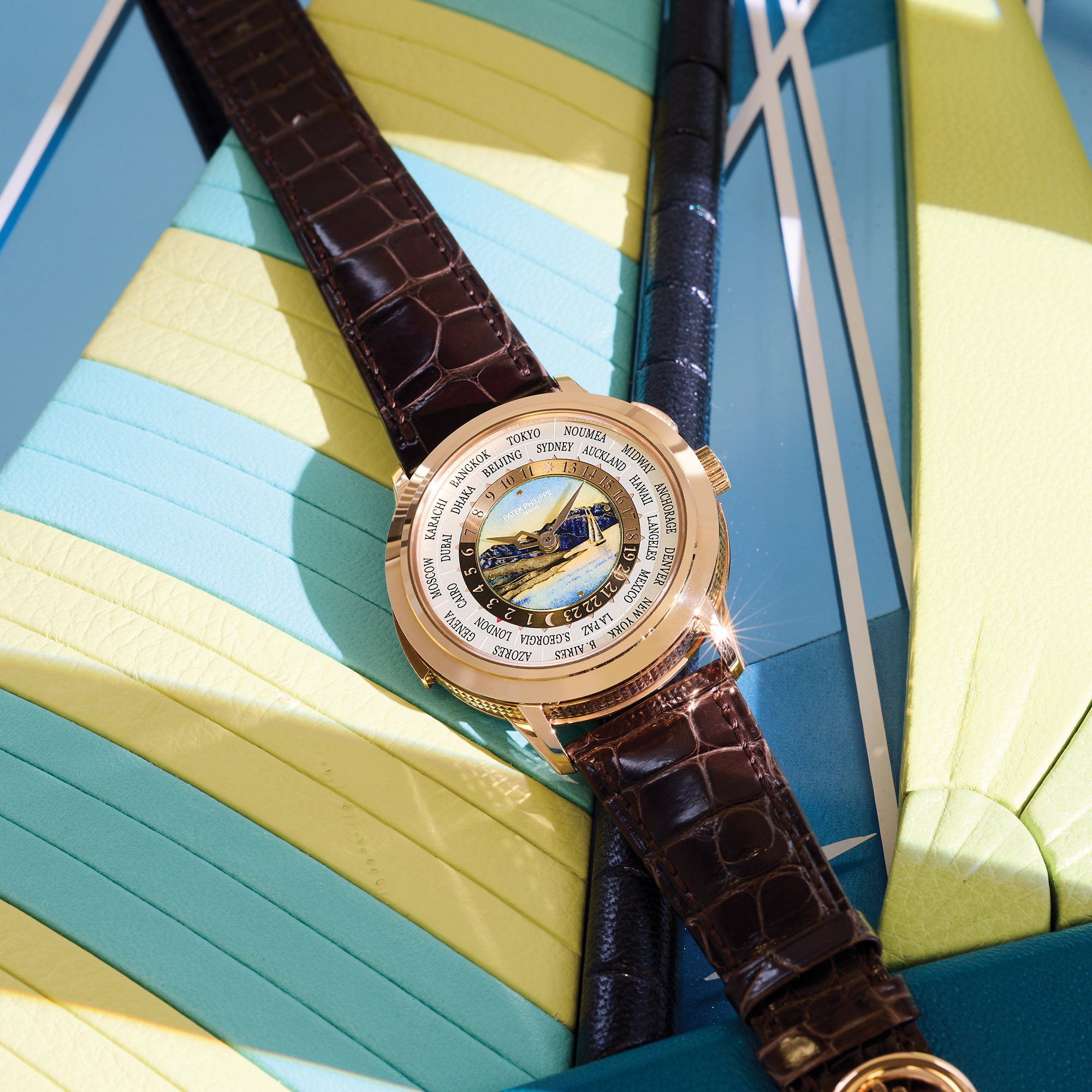
Lot 146
Patek Philippe, Ref. 5531R-012, Minute Repeating World Time, Cloisonné Enamel, 18K pink gold
Estimate: HKD 5,600,000 – 12,000,000
- Combination of two grand complications: minute repeater and world time
- Cloisonné enamel decorated dial depicting the UNESCO-protected Lavaux vineyard terraces along Lake Geneva’s shores
Lot 359
Patek Philippe, Ref. 5077P, Wood Marquetry Rabbits, Platinum
Estimate: HKD 650,000 – 1,200,000
This exceptional Patek Philippe Ref. 5077P showcases one of horology’s most challenging decorative arts – wood marquetry. Artists meticulously select and cut dozens of tiny wood veneer pieces – some measuring less than a millimetre. Each minute fragment is carefully chosen for its natural colour, grain pattern, and texture to create lifelike depth and dimension without using paints or dyes.
Wood Marquetry Dial:
- Crafted from 70+ wood varieties, each fragment thinner than human hair, meticulously selected for natural colors and textures.
- Master artisans cut and assemble microscopic wood pieces using specialized tools, creating three-dimensional effects on the flat dial surface.
- Complemented by diamond hour markers that enhance the lifelike rabbit composition without overwhelming the intricate marquetry artwork.

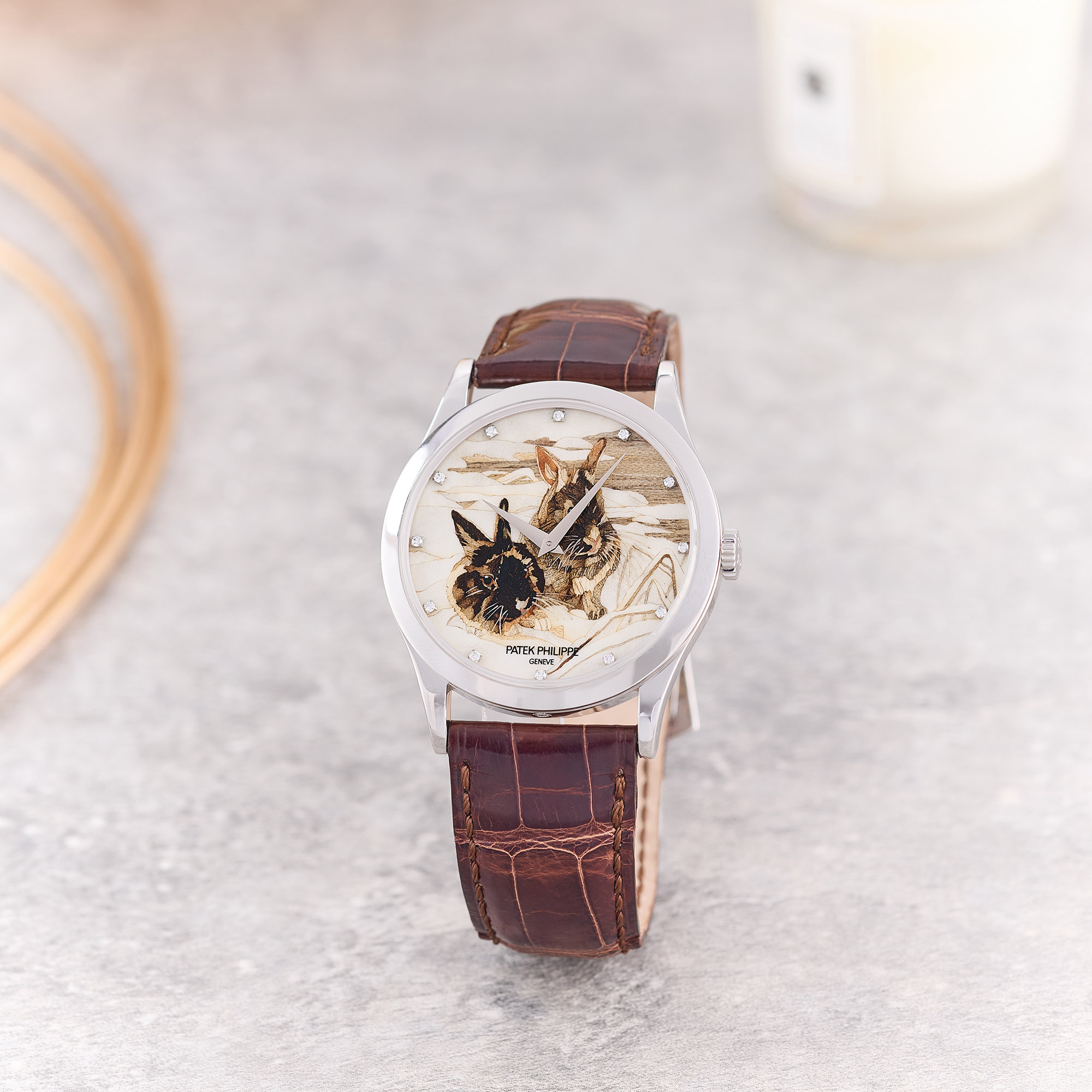
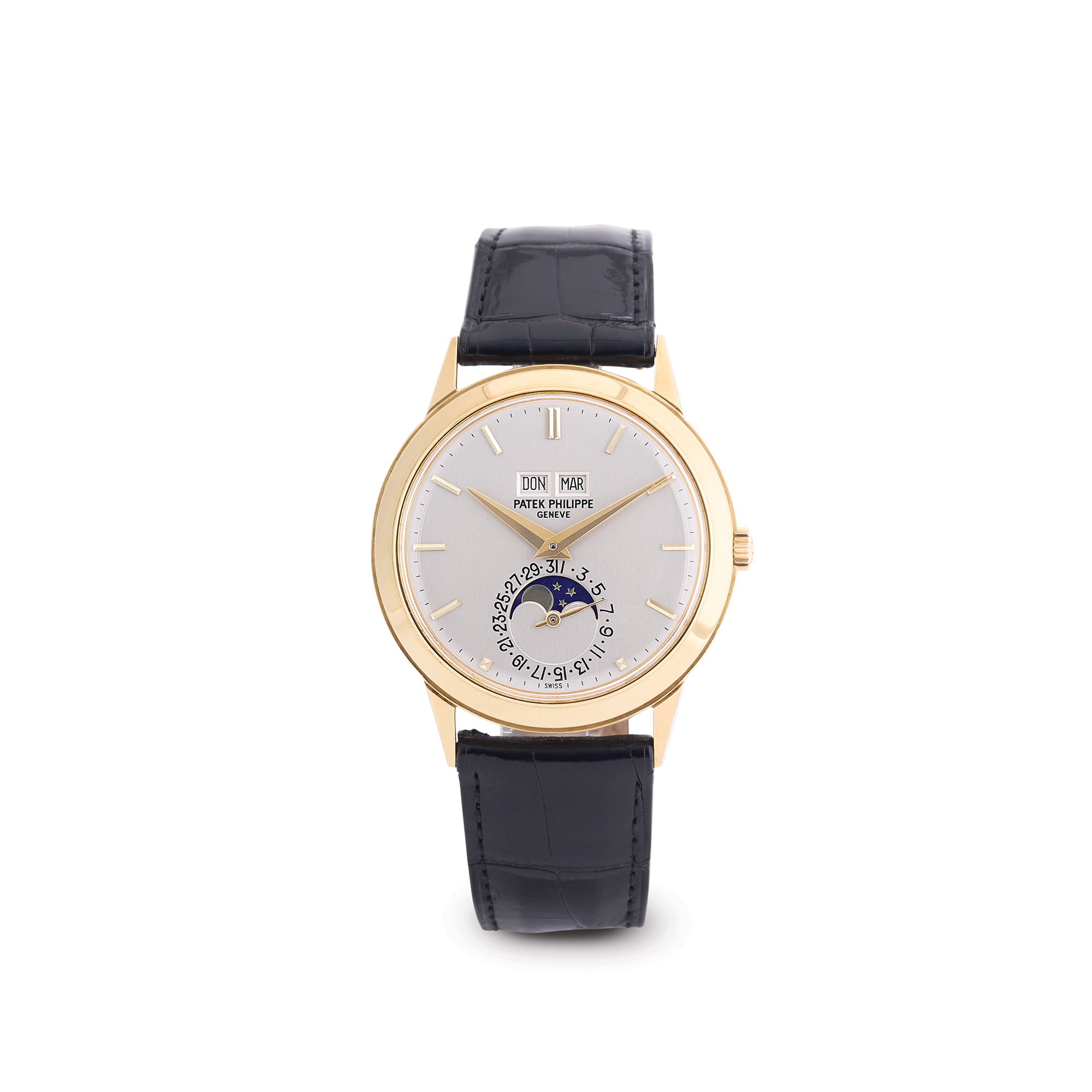
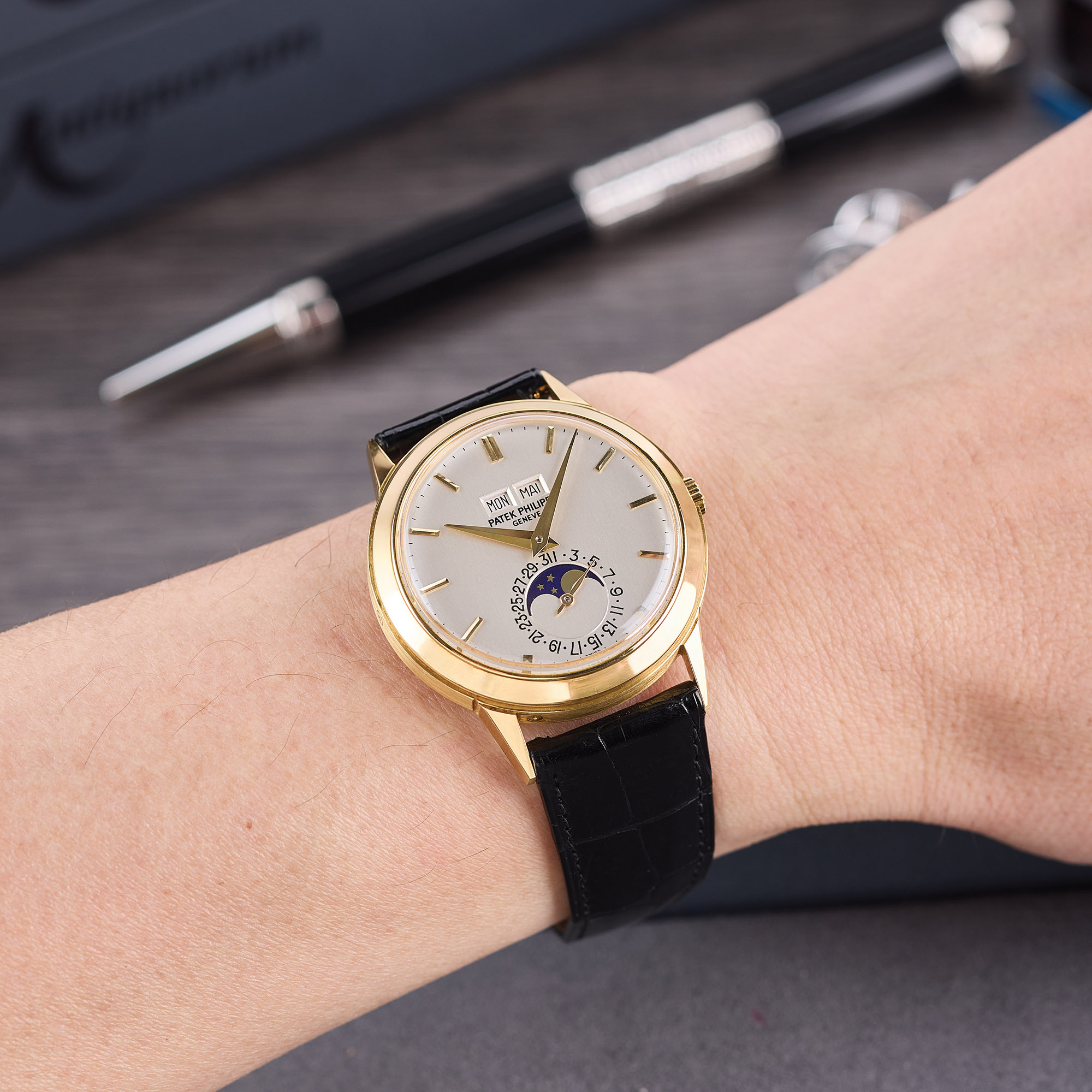
Lot 159
Patek Philippe, Ref. 3448, Perpetual Calendar, 18K yellow gold, circa 1970
Estimate: HKD 900,000 – 1,800,000
- The first self-winding perpetual calendar produced in series (1962-1981)
- Nicknamed “Padellone” (Italian for “large pan”)
- Accompanied by original box and papers
Lot 153
Audemars Piguet, Ref. 25829OR.OO.0944OR.01, Royal Oak Perpetual Calendar, 18K pink gold
Estimate: HKD 1,100,000 – 1,800,000
- Fully skeletonized perpetual calendar movement with meticulous hand-finishing, polishing, and engraving,

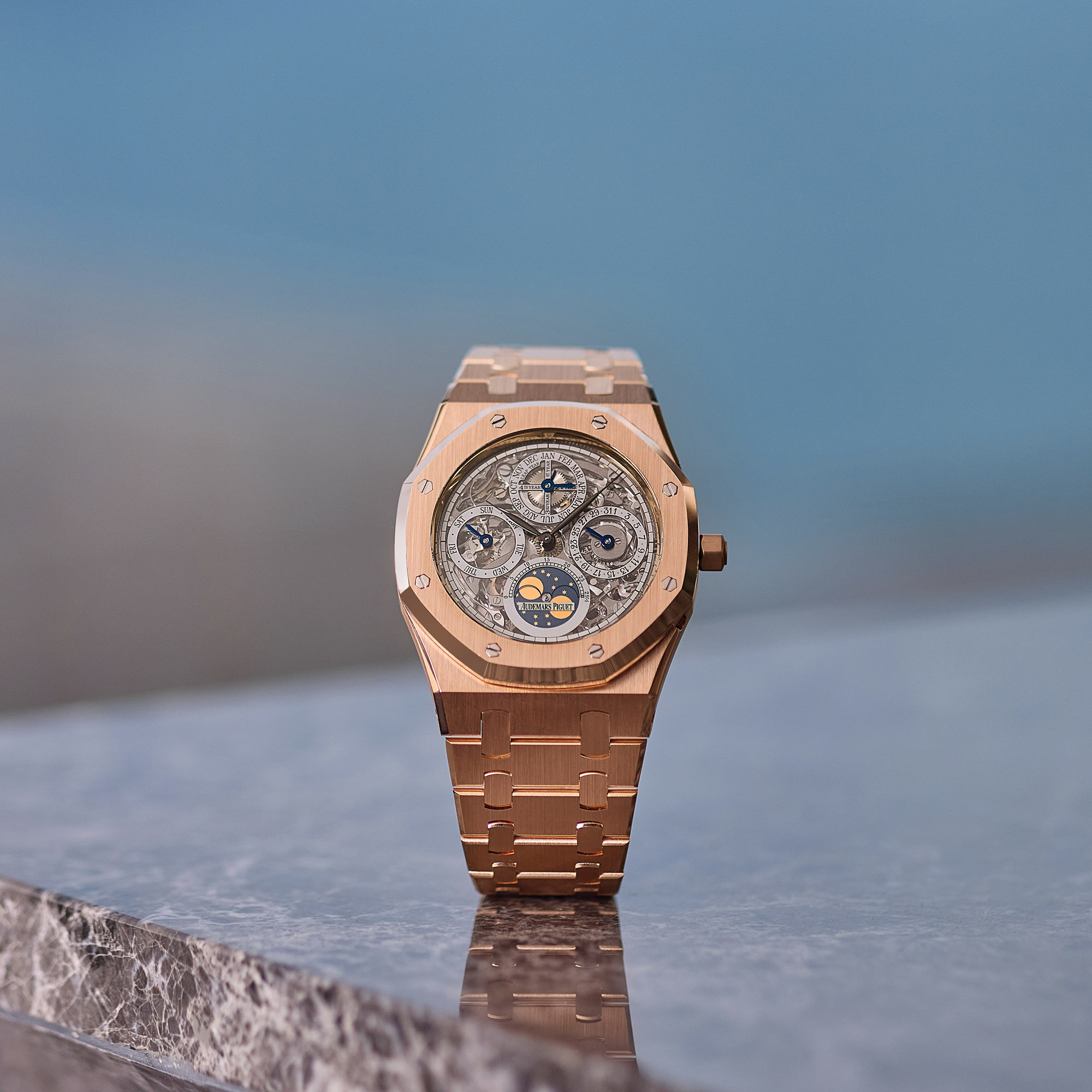
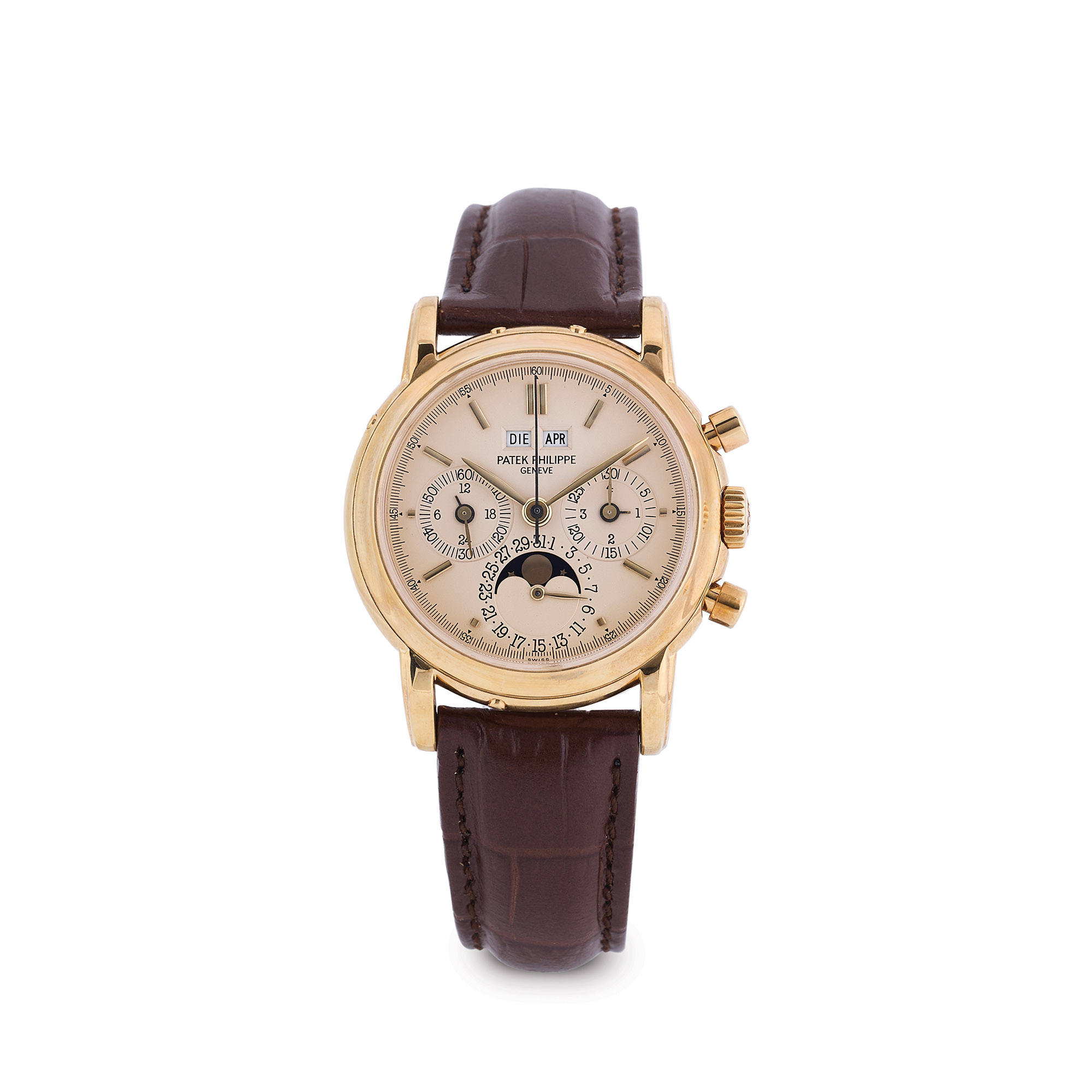

Lot 348
Patek Philippe, Ref. 3970E, Perpetual Calendar Chronograph, 18K yellow gold, circa 1988
Estimate: HKD 800,000 – 1,600,000
- Features two complications: perpetual calendar and chronograph
- This reference 3970E comes with two casebacks (solid caseback & sapphire caseback)
Lot 363
Piaget, Ref. G0A38117, Gouverneur, Tourbillon and Moonphase, 18K white gold and diamonds
Estimate: HKD 1,500,000 – 2,700,000
- Features high complication tourbillon
- Impressive full diamond-set case and dial, totalling approximately 24.5 carats




Lot 152
F.P. Journe, Octa Calendrier, brass movement, platinum
Estimate: HKD 650,000 – 1,000,000
A very fine and extremely rare, early, self-winding, platinum annual calendar chronometer wristwatch with rhodium plated brass movement, retrograde date, large day of the week and month indication and sapphire crystal caseback.
Lot 151
F.P. Journe, Ref. 778-Cs, Chronometre Souverain Nacre, platinum
Estimate: HKD 400,000 – 700,000
A very fine, manual winding, chronometer wristwatch with power reserve, mother-of-pearl dial and 18K gold movement.
